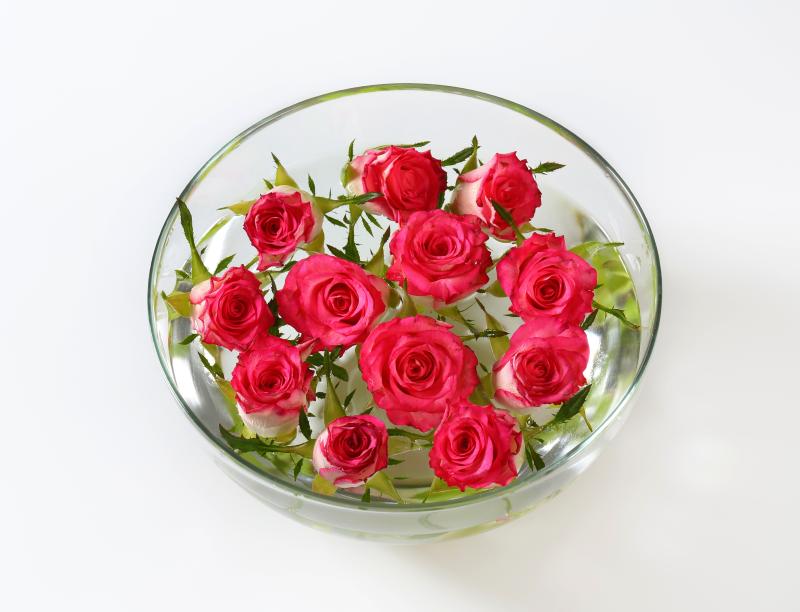March out now and prune your roses for a blooming summer
Sometimes a big, beautiful rose is just delicious-looking. Raw or dried, rose petals are not only edible, but by steeping them in hot water, you can make rose water, a subtle, exotic flavoring for cakes, iced tea and other desserts. Most roses will grow small, crabapple-shaped fruits called rose hips, which are loaded with vitamin C.
Whether you eat your roses or just admire them, they probably need some winter pruning. Rose bushes should be pruned between late winter and early spring, well before blossoms start to show. Watch the leaf buds on your rose bushes, and do the pruning when the buds just start to swell; they may show a red or pink color. Try to prune roses well before any buds break open and right after all frosts have ended.
The main purpose of pruning is to create a well-shaped, attractive shrub. You can do this just by cutting out parts of the rose bush when it is not flowering. Pruning encourages fresh, new growth and lots of flowers the following season.
Start from the bottom of the bush, and cut off any dead, broken or diseased stalks. Prune out spindly shoots and any branches that touch other branches. Try to prune your bush into a vase shape or "V" formation, leaving several evenly spaced major canes that sprout from the main crown close to the ground.
Since modern roses such as Grandiflora, hybrid tea and floribunda bloom on the current season's growth, cut them back hard in the spring. Cut off 1/2 to 2/3 of the bush's height and take out all the old, woody stems. Remove the center stem and any cross branches to form an open vase shape. To encourage continuous flowering, leave three to five evenly spaced canes in the center of the bush.
If you're not sure what type of rose bush you have, keep an eye on it throughout the growing season. If it blooms on new growth, you should prune it late next winter when the bush is still dormant.
Many roses, such as Alba, Centifolia, Damask and Gallica types, bloom only once a year, producing blossoms on old wood. These varieties do not need much pruning at all. Just cut out any dead wood or thin stems after all flowering is over for the season.
During the regular growing season, you will have to deadhead old blooms back to a stem node. Cut out any suckers that grow at the base of the rose bush.
Aptly named ramblers such as Malvern Hills, The Lady of the Lake and Snow Goose roses need to be pruned to remove winter damage along with dead or diseased wood. Since ramblers can be vigorous growers, you may want to prune them just to keep their size in check. You can cut ramblers all the way down to 2- to 3-inch canes. Because they regrow so quickly, they will bloom just as heavily next year.
Shrub rose bushes, such as The Fairy and any of the Knock Out varieties, are repeat bloomers that produce flowers on mature but not old woody stems. It is best to not prune them at all for the first two years; this will let them get established and increase their vigor. Shrub roses are naturally vigorous and, if left unpruned, may become overgrown and leggy. After two years, cut out 1/3 of the oldest canes, along with any dead or diseased branches.
Get out in the March sun and prune your roses, then retreat to a fireplace with some rose hip tea.




















































